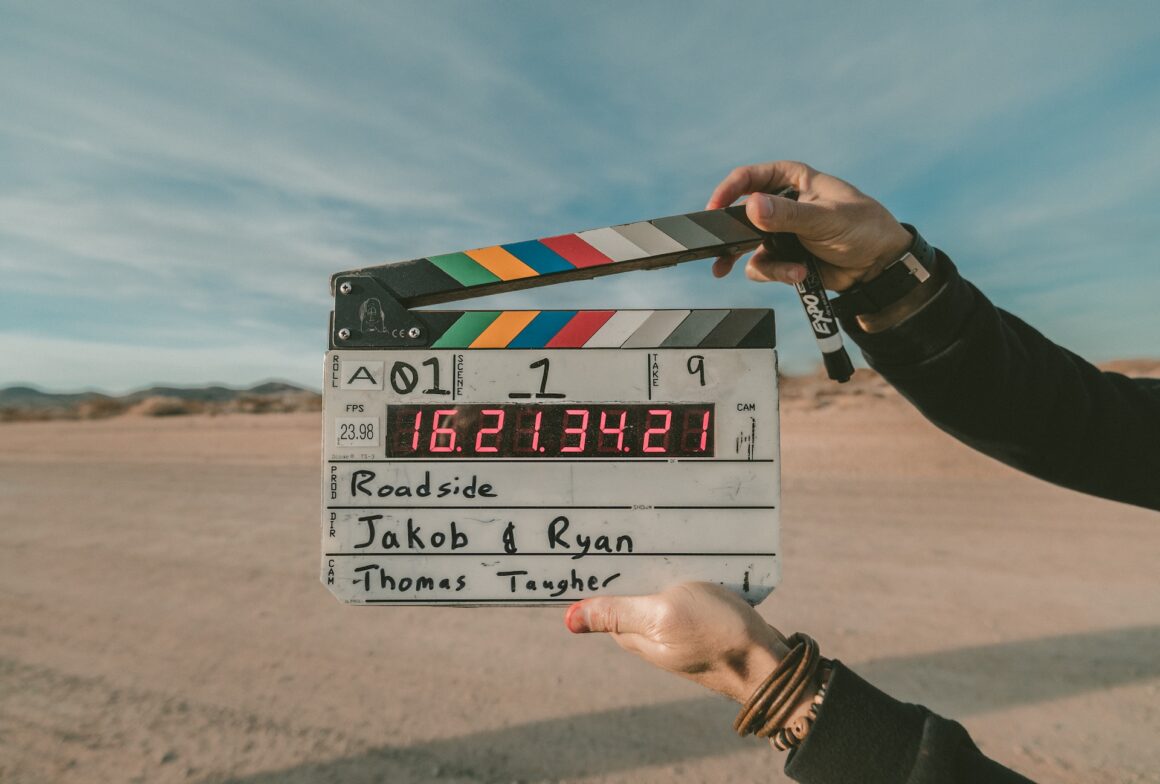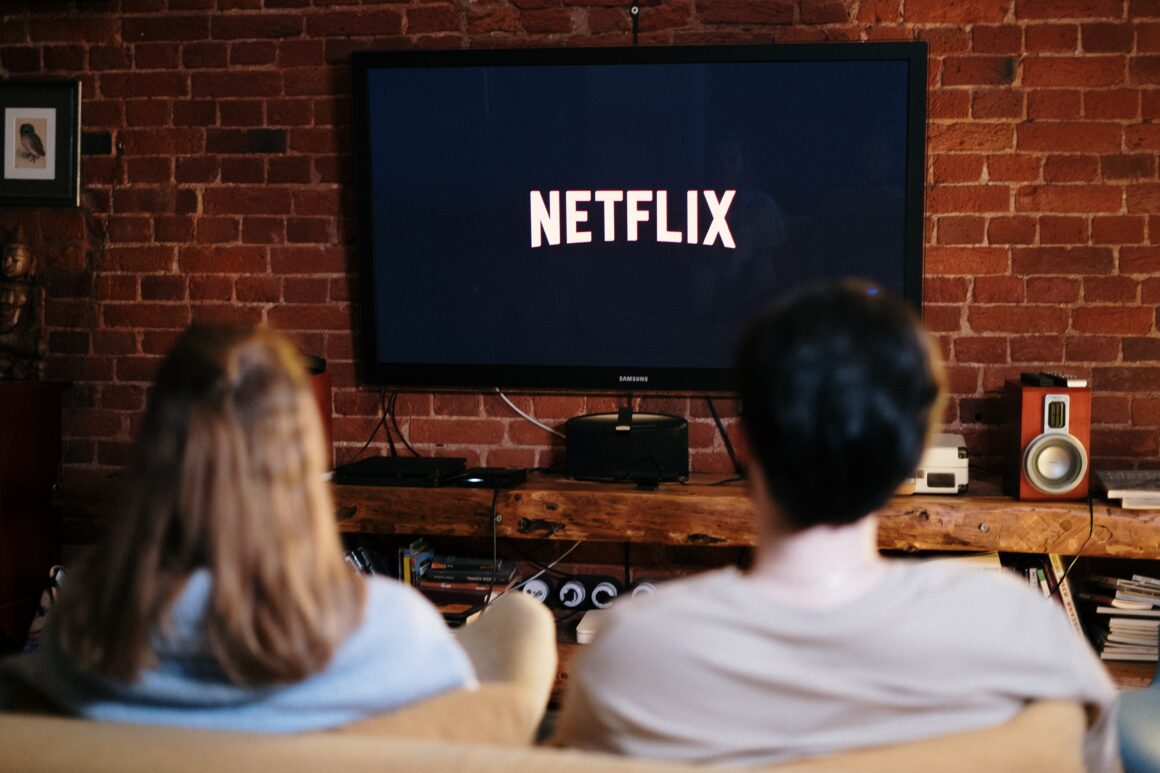“Reinhardt, I’ve got Nano Boost,” I speak into the team chat. “You ready to charge in?”
“Someone kill their Lúcio,” another person yells. “All we’re doing is charging his ult!”
“I just got killed by Hanzo…again,” grumbles another player. “His hitboxes are way too big.”
“You’re powered up! Get in there!” Ana, the hero I’m playing, shouts. Our team’s Reinhardt glows with blue light and charges onto the point. I follow close behind, firing a Sleep Dart at Lúcio. The rest of our team rushes onto the point, and with 15 seconds left on the clock, it looks like we’re about to win.
“Dòng zhù! Bùxu zou!”
Those words fill me with fear as the enemy team’s Mei ults on the point, freezing all of us. There’s not much you can do to avoid a Mei ult once she’s got you in her line of sight. The other team surrounds us and quickly eliminates all of our frozen heroes. Just as I respawn, I can hear the ending music in my ears and see the word DEFEAT on my screen for about the 10th time in a row.
Overwatch is an extremely well-made and enjoyable game that I spend hours on every week, even though I absolutely suck and lose much more often than I win. In case you’ve been living under a rock, Overwatch is a team-based first-person shooter that has achieved massive popularity and success since its official release by game developer Blizzard Entertainment, who is also responsible for titles such as World of Warcraft, Hearthstone, and Diablo III. Within 5 months of its May 2016 release, the game surpassed 20 million players. Game reviewers such as Metacritic and IGN unanimously agree that the game deserves all of its critical acclaim. Multiple factors have contributed to its triumph, but one factor that’s particularly intriguing and groundbreaking is its character diversity.
Overwatch takes place 60 years in the future amidst a brightly colored and prosperous Earth. Overwatch is the name of the task force created by the United Nations 30 years before the game takes place. Humans developed Omnics, or robots with artificial intelligence, that eventually turned against their creators and began the Omnic Crisis. To combat the devastation, the United Nations assembled a team of unique heroes from around the world. Though Overwatch was successful in beating back the Omnics, the task force was eventually dismantled following outcry over alleged corruption and illegal activity within Blackwatch, the covert ops division of Overwatch. Now, 30 years after the Omnic Crisis, fighting and terrorism has emerged across the globe, prompting Overwatch to recall itself and fight for world peace once again.

With such a rich story about the meaning of human progress and cooperation, the game must include a rich character roster as well. As Jeff Kaplan, the game director of Overwatch, puts it, “I think diversity is a nice byproduct of us trying to create heroes that people will love. We didn’t set out to have a hero of every race, nationality, body type or gender. That’s not the goal — or really even possible with a game like this one. However, by not limiting ourselves creatively, it steers us back to this diverse place.”
“I think diversity is a nice byproduct of us trying to create heroes that people will love. We didn’t set out to have a hero of every race, nationality, body type or gender. That’s not the goal — or really even possible with a game like this one. However, by not limiting ourselves creatively, it steers us back to this diverse place.”
And the game is diverse, especially in the current state of triple A video game titles consisting of primarily white males. Video games struggle (and mostly fail) to provide cultural, female, and LGBT+ representation. In Overwatch, you’ve got all 3. Only 3 out of Overwatch’s 23 heroes are American. The rest come from countries such as Egypt, Mexico, China, India, and Brazil. In-game, the characters occasionally speak in their native languages, as evidenced by Mei’s ult (which translates to “Freeze! Don’t move!”) or Ana’s ult (“Warīhum quwitak” which translates to “Show them your strength!”). 10 heroes are human females, 9 heroes are human males, 1 hero is a male cyborg, 1 hero is a male Omnic, 1 hero is a male gorilla, and 1 hero is a genderless robot. As for LGBT+ representation, Tracer, a British female with the ability to Blink (move forward in time) and Recall (move backward in time), is the only confirmed LGBT+ character so far. In Blizzard’s Reflections comic, posted on the official Overwatch website, Tracer is seen in a relationship with her girlfriend Emily. However, Michael Chu, the lead writer for the game, has stated that “It’s very important for us to have diversity and inclusiveness of all types, and that includes LGBT characters. There are definitely LGBT heroes in Overwatch. That’s multiple heroes.”

Overwatch is also making strides in developing unique characters with different body types and ages. As lead character concept artist Arnold Tsang puts it, “From a visual standpoint, we want every character to have a different silhouette, not just because that’s more interesting to look at but because you want to be able to know which character is coming at you from a distance when you’re playing. With that sort of philosophy, it’s easy to embrace diversity.” And it’s true. Different body types and unique character models mean that it’s easy to determine what hero you’re fighting against. It also serves to emphasize Overwatch’s focus on switching heroes to counter against enemy heroes and using character sizes as advantages during matches. Body types range from bulky 7’3’’ Roadhog to tiny D.Va (when she’s out of her mech) to muscly female bodybuilder Zarya. A wide range of ages is also present. The youngest is 19-year-old Korean pro-gamer D.Va, and the oldest is 61-year-old German soldier Reinhardt.

Where else in the video game world are you going to get such diversity? I can play as an Egyptian grandma-sniper-healer (Ana) or a Japanese ninja cyborg (Genji). I can play as an Omnic monk that shoots balls at people (Zenyatta) or a scientist gorilla from the moon (Winston). I can play as a Brazilian superstar that promotes social change through the power of music (Lúcio) or a Mexican Latina hacker (Sombra). In 2017, we need this kind of diversity in our video games to showcase all of the different qualities of humanity.

With Chinese New Year upon us (mark your calendars for Saturday, Jan. 28th, 2017), Overwatch is set to celebrate the event, further deepening its message of diversity and acceptance. Overwatch has given and will give millions of people experience with diverse characters. People may expect that Overwatch, a video game, should not try to diversify. Overwatch, a video game, shouldn’t be so “PC” all the time. Overwatch, a video game, shouldn’t inspire social change. But Overwatch is supposed to be diverse. Overwatch is a breakthrough in the video game industry and its issues with diversity. With a clear message of friendship among nations, cooperation among humans, and acceptance among all types of people, Overwatch is one of the better things to come out of 2016.




